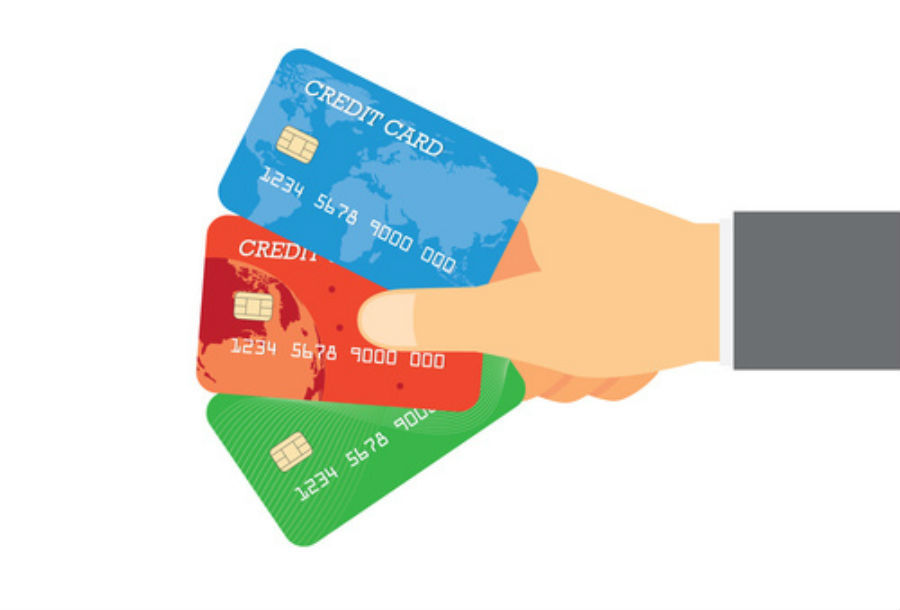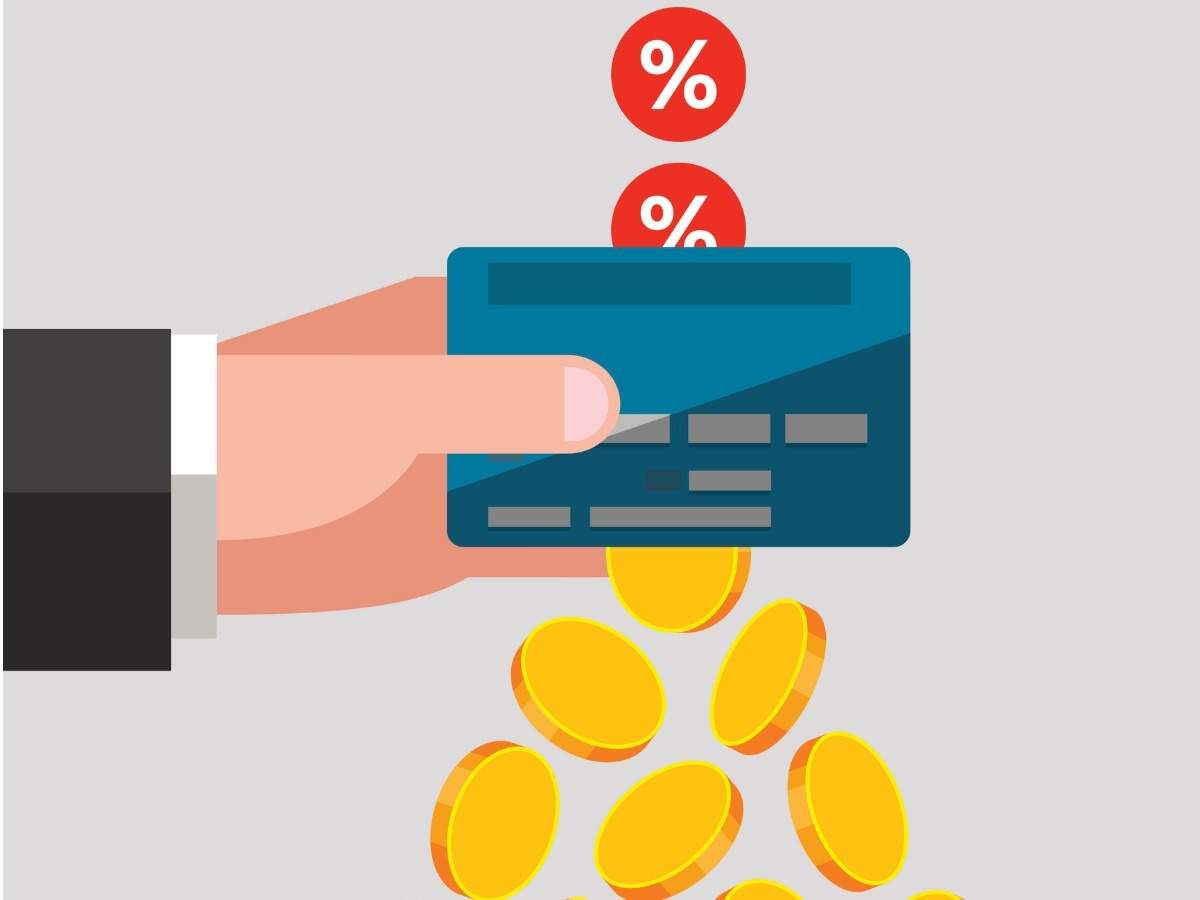
Financing A Home: Improving Your Credit Score
Today there are many homes at deal with low costs and low loan fees. Lodging is more reasonable now than it has been in numerous years. Taking into account the ongoing business sector, for what reason isn’t everybody gobbling up homes? Truly, many first time home purchasers are bouncing into the market and getting in on this reasonable lodging an amazing open door. Land financial backers are additionally extremely dynamic as they see this special chance to create their financial wellbeing. The sad reality for everybody right presently is that despite the fact that homes are more reasonable now than in numerous years, banks are exceptionally fastidious about who gets a credit and who doesn’t. Furthermore, your FICO rating is one of the essential marks of whether you will get supported for a credit and what your financing cost will be.
Only a couple of years prior a borrower with a FICO rating as low as 500 could purchase a home. Today that score should be at least 620 to 640. What’s more, to meet all requirements for the wellbeing rates you better have a FICO assessment in the 700’s. Regardless of what your FICO rating is, you ought to know it. In the event that it isn’t near 750 you ought to make plans to arrive and here are a few simple tips to assist with further developing your FICO rating.
We should investigate what data on our credit report decides your score, then, at that point, we will give ideas on the best way to work on in every one of those areas
35% or your FICO rating is ascribed to your installment history which incorporates real installments to your loan bosses, however it incorporates things like assortments, decisions and expense liens. In light of this you generally need to ensure you make your vehicle, charge card and advance installments on time. Numerous loan specialists additionally require check of rental installment history, so you will need to ensure you pay your lease on time too. Incidentally, an installment is viewed as on time in the event that it is paid in the span of 30 days of the due date. Assuming you have assortments, decisions or expense liens on your credit, you should give confirmation that these were paid. On the off chance that there are neglected assortments you could generally speaking at any point arrange a settlement for not as much as what is owed. From a credit scoring stance this is nearly however great as forking over the required funds as long as it could be accounted for as fulfilled in full on the credit report.
Moreover, you can cause an installment game plan for charge liens and following a year to get those evaluated for your credit report which will help. Decisions are expected to be settled completely at the end of a credit, and you should set it paid and the credit report refreshed up to further develop your FICO rating. By and large with a background marked by late installments we need to say, time mends all injuries. As such, it might simply require a year or so of making your installments on chance to get the FICO rating you really want. In the event that you have things on your credit report that are mistaken, you can question those things to get them adjusted with the credit agency.
30% of your FICO rating is ascribed to the amount you owe on your charge card as a level of complete credit limit. Allow me to give you a model: In the event that you have one Visa with a $1,000 cutoff and you owe $750 on this card, your level of credit use is 75% and your accessible credit is 25%. The lower the utilization rate the higher your financial assessment will be (any remaining variables being equivalent). There are 3 methods for working on this number. You can achieve this by paying your Visa down quickly. You can demand an expansion in as far as possible. What’s more, you can likewise open up new cards. For the last two, you should practice some watchfulness notwithstanding.
At the point when you demand an expansion in your Visa, you ought to ask your Mastercard organization on the off chance that they can do this in light of the benefits of your installment history with them. In the event that not they will make a credit request which can bring down your score a tiny bit of spot. As I would like to think it would presumably still merit the credit request allowance from your credit to get your credit limit expanded. I accept that as a rule you would have a net increase in FICO rating, however there have been times when I’ve seen it drop temporarily. Incidentally, don’t build the equilibrium on your charge card when your breaking point goes up or you will have quite recently scattered the improvement, yet presently you owe more cash nevertheless have a low FICO rating. Likewise, when you open up another Mastercard, you wind up having two or three negative marks against you which is the credit request and the new credit account. More about both of these in a second.
15% of your FICO assessment is ascribed to your length of record of loan repayment. So We should have another model: Suppose you have 2 charge cards. You have had one of the Visas for a very long time and the other card for quite some time. So on normal your Mastercards are 4 years of age, thus your FICO assessment will mirror this long term normal length. Presently on the off chance that you open another card, you lessen your typical down to around 2.7 years from 4 years. So at first essentially this can below average length of credit and diminish your FICO rating appropriately. That is one reason that opening new credit is definitely not a convenient solution for knocking your FICO rating up. Anyway lets investigate it in twelve months. In one year from opening the new Visa your typical length would be at 3.6 so in the event that this is essential for a more extended term system, it would most likely be a decent procedure to follow.


